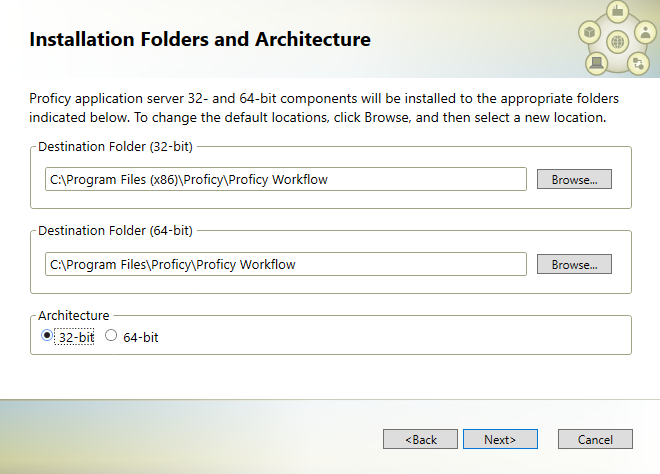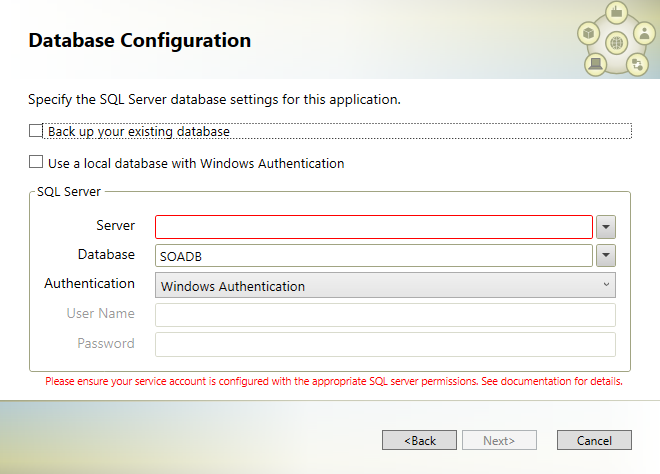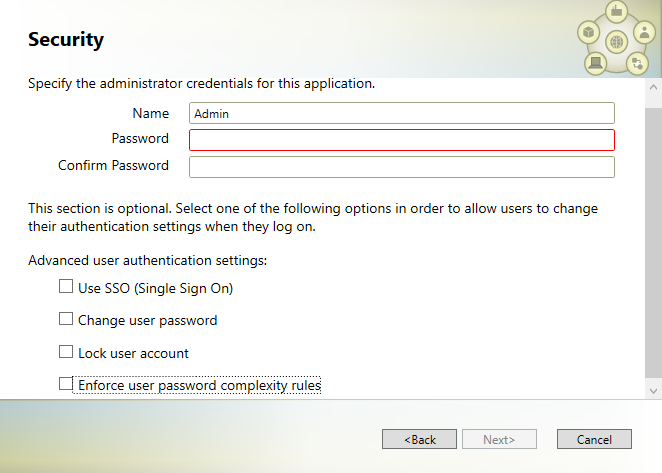Installing the Proficy Application Server
The Proficy Application Server installs Workflow components as prerequisites for Plant Applications.
Before you begin
About this task
Workflow is required even if you are planning to use legacy Plant Applications features and Plant Applications data models without any merged SOA data models. You need a Workflow license to use workflows.
During the Proficy Application Server installation, you must specify the location for the SQL Server that hosts the database, as well as the name of the database. Stored in an XML file the Plant Applications installation uses this information in one of these scenarios:
- When Workflow adds Plant Applications tables to the SOA database to install a UMDB. After installing Plant Applications, you must run scripts to prepare data when a UMDB is installed with existing SOA data.
- When Workflow adds SOA tables and keys to a Plant Applications database (if specified as the database during installation) to install a UMDB. Before installing Workflow, you must run a script to prepare the Plant Applications database for the UMDB installation.
Refer to the following log files when troubleshooting service provider installation failures: configuresite.log and configureproficymocule.log. You can find the log files in the Documents and Settings\users\application data proficy\logdirectory, or at \programdata\proficy\logs.


